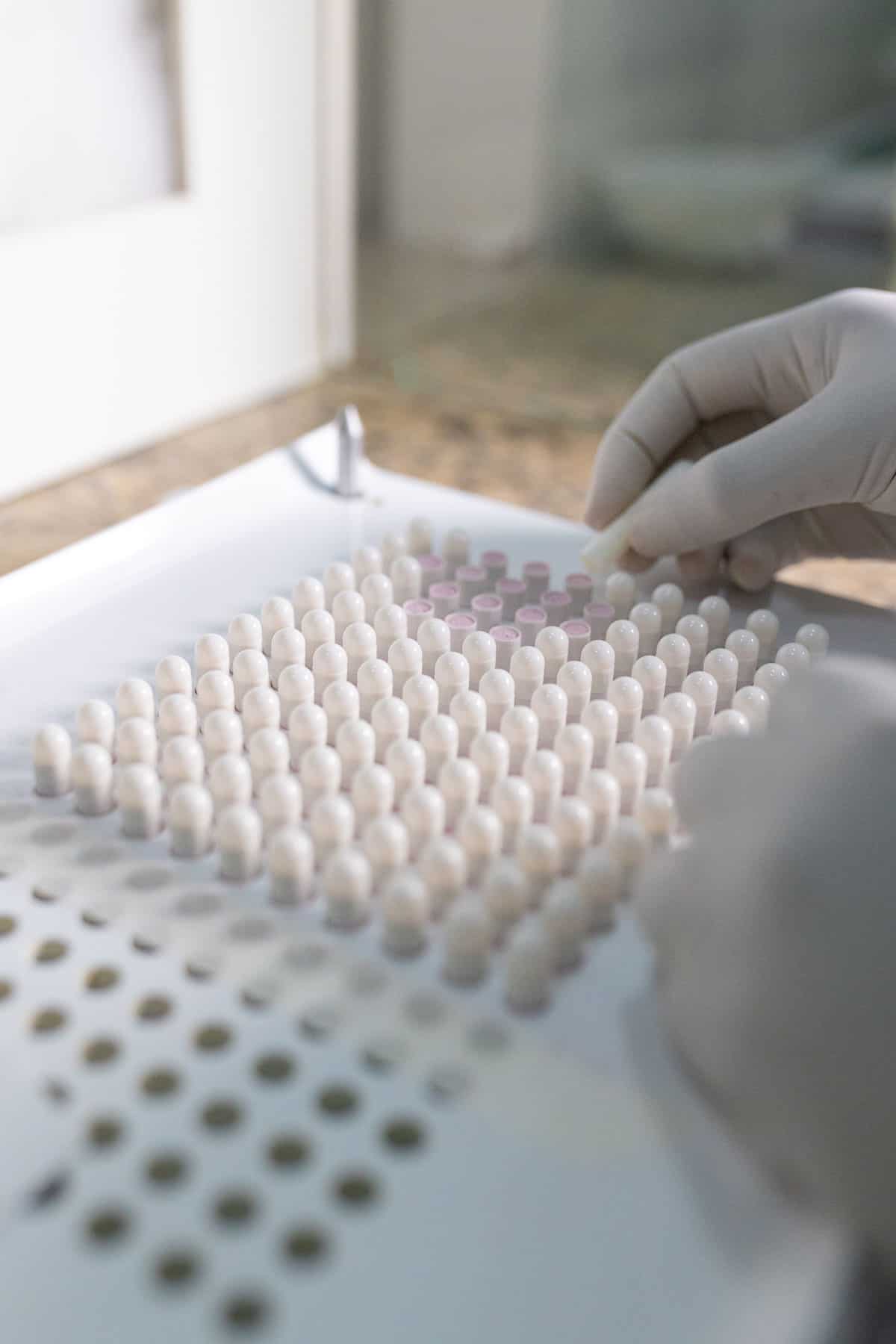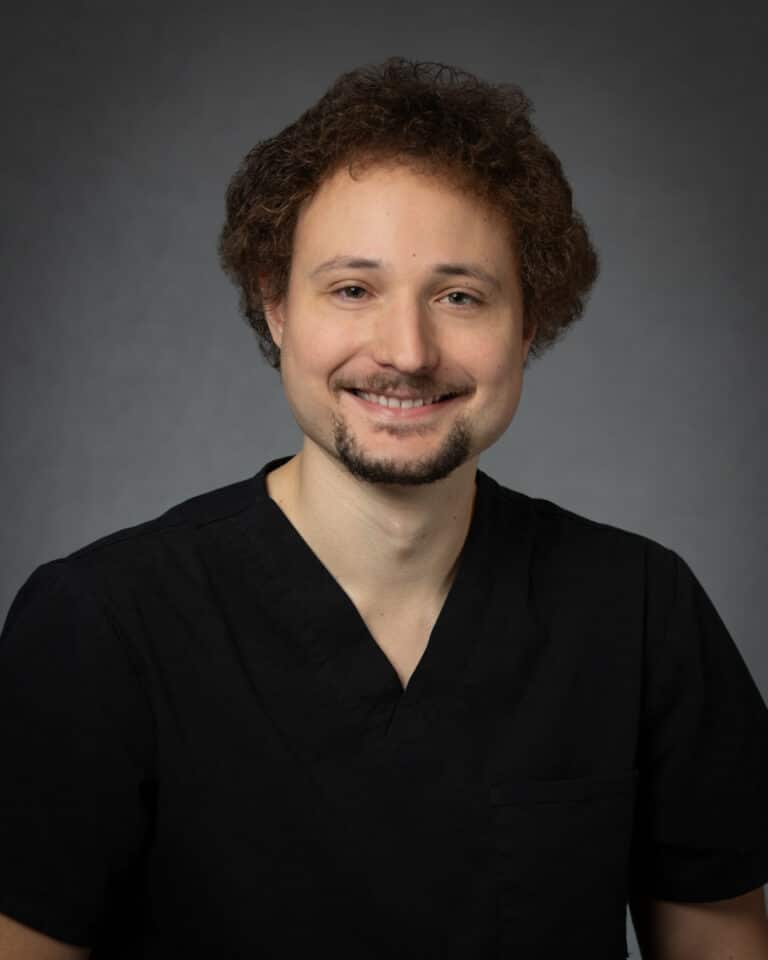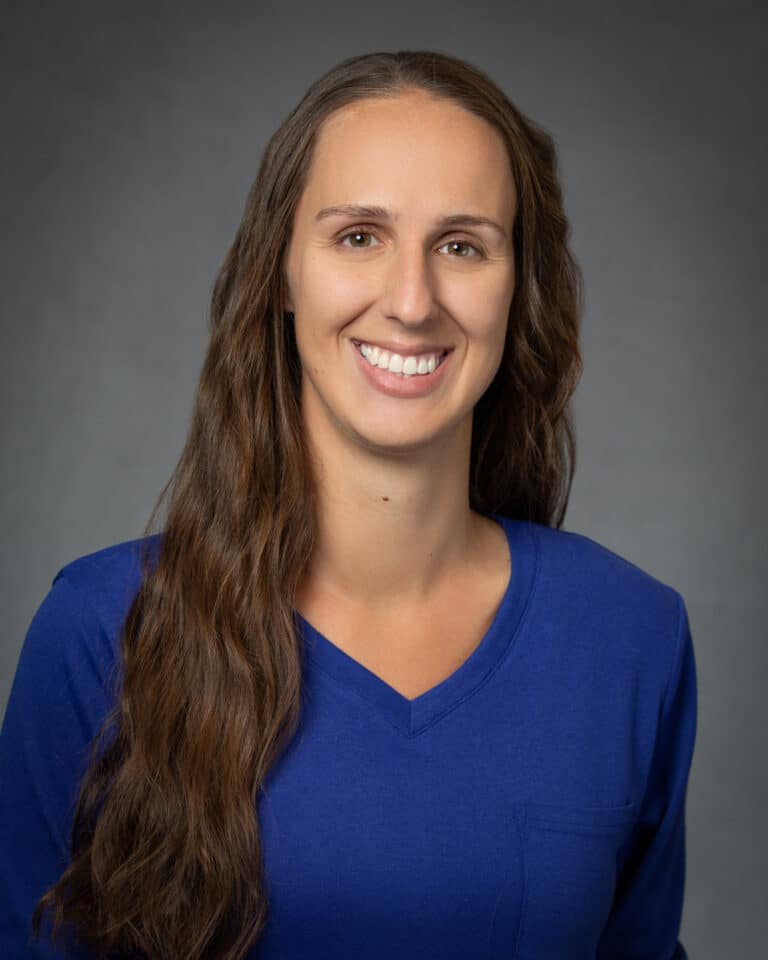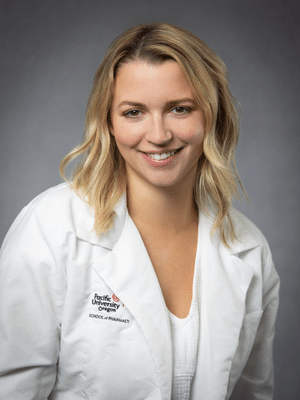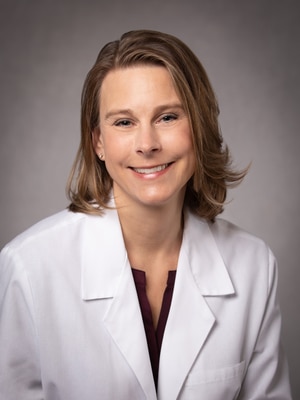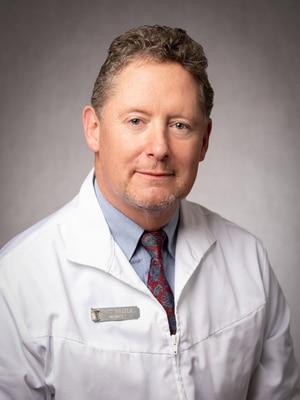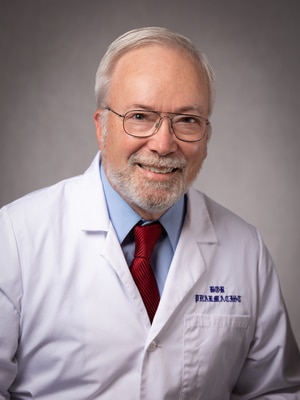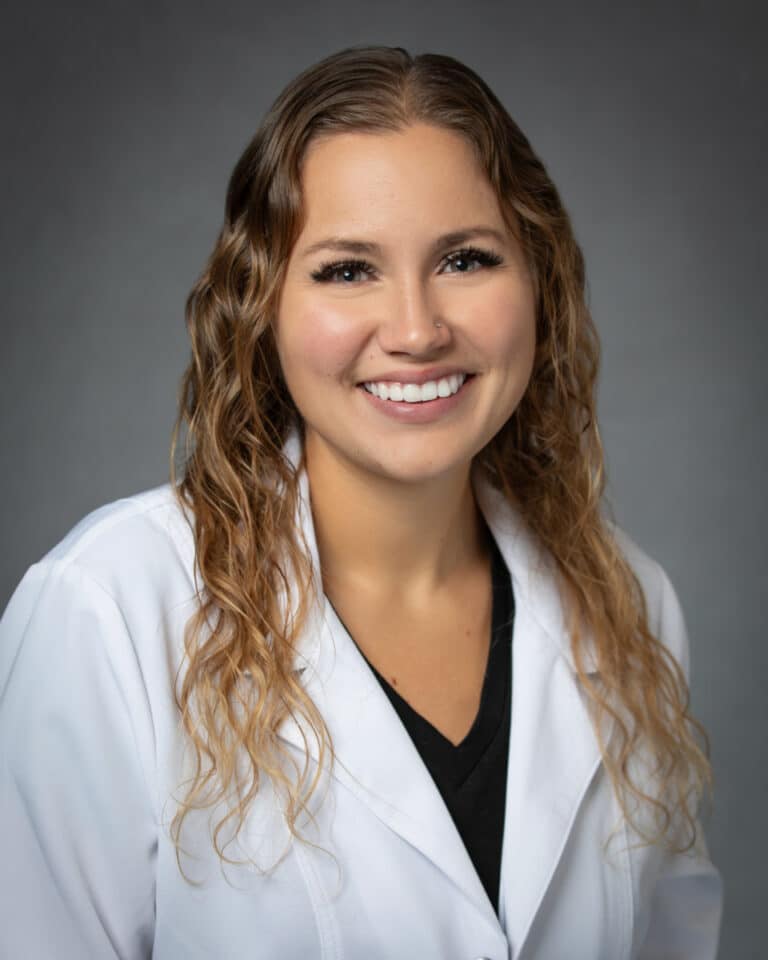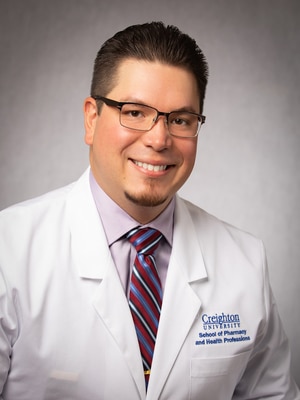In the past several decades, the regulatory landscape surrounding pharmaceutical compounding has existed in a state of constant change. Despite these changes, the niche market of veterinary compounding has largely remained undisturbed, until now.
In 2019, the FDA released its first draft of a new initiative that would shape the way compounded medicines are produced and prescribed for animals, now and for the foreseeable future. Since the original draft guidance was released, veterinarians, pharmacy compounders and other stakeholders were given the opportunity to voice their concerns by providing official comments directly to the FDA. Some of these comments were taken into consideration, others were not, and on April 14th, 2022, the final version of this guidance document was published. This new FDA guidance is known as GFI #256 – Compounding Animal Drugs from Bulk Drug Substances.
I’ve been following the development of this guidance, spending time talking with key stakeholders and evaluating how we will adapt to these new regulations. Having worked in the veterinary compounding industry for 17 years, I’d like to weigh in on how I think GFI #256 will impact the stakeholders of our industry but more importantly, how it will impact pet owners, patients and prescribers who seek access to high quality, affordable, compounded medications. Below are several consequences to consider as we prepare for the FDA’s enforcement of these policies beginning October 1, 2022.
Compounded Medications and Their Use in Veterinary Medicine
The utilization of compounded medications is widespread in the veterinary medicine industry for several reasons. Compared to humans, companion animals like cats and dogs possess a large degree of interspecies variability in size. This variability, paired with the general difficulty of dosing most pets with commercially available medications (tablets, capsules, etc.), often leaves veterinarians with treatment options that are extremely limited or nonviable.
Compounding, which is traditionally performed by a compounding pharmacy but also by veterinarians, is a pharmaceutical formulation process that produces unique, patient- specific and often species-specific dosage forms for patients that cannot tolerate a commercially available product. Some of the most common instances that compounded medications are utilized in veterinary medicine are as follows:
- There are no viable commercial product options available to treat the patient’s condition
- The prescribed dose is either too large or too small to be accurately and realistically administered using commercially available products
- The pet owner or veterinary professional is unable to dose the pet safely with commercially available tablets or capsules but is able to dose the pet with flavored oral liquid
- The pet owner or veterinary professional is unable to dose the pet safely with any oral route but can successfully dose the pet with a transdermal option
- The prescribed medication is available in a dosage form that is a viable treatment option but the flavor it comes in is not pet friendly
Compounding Using Bulk Substances vs. Commercially Available Products
The FDA argues that animal drugs compounded from powder-form bulk substances, also known as active pharmaceutical ingredients (API), do not meet certain requirements of the Federal Food, Drug, and Cosmetic Act (FD&C Act) and are therefore not condoned by the FDA. Despite this concern, the FDA admits, within GFI #256, that there are several circumstances where compounding animal drugs from bulk substances is the only realistic path toward a viable treatment option. According to the FDA, the goal of GFI#256 is to provide a framework for compounders to exist in order to provide critical, otherwise unavailable, medications despite the FDA’s concerns about violations of the FD&C Act.
Although compounding animal drugs from bulk substances will only be supported by the FDA in certain circumstances, the FDA will still encourage the practice of animal compounding when compounders use commercially available products as the source of the active pharmaceutical ingredient for their animal compounds. The practice of using commercially available products for compounding is not in violation of the FD&C Act and is argued by the FDA to be the easiest and most preferred path forward for animal compounding. Unfortunately, this practice is far less easy than it sounds and in many instances is entirely impossible. Commercially available products are filled with inactive ingredients that when used for compounding can cause severe formulation issues, such as “caking,” “crashing,” discoloration, separation and more. All of these issues decrease the quality of the compounded product and are likely to have a negative effect on desired results and patient compliance.
There are three policy sections listed in GFI #256: “Compounding for Nonfood-Producing Animals: Patient-Specific Prescriptions,” “Compounding for Non-Food Producing Animals: Without Patient-Specific Prescriptions (‘Office Stock’),” and “Compounding for Food- Producing Animals or Sedatives and Anesthetics for Free-Ranging Wildlife Species.” All three sections are written similarly, but are adapted to specific uses. I highly encourage you to read the entire 22-page document to fully understand the details of each section. For the purposes of this article, I’d like to highlight three key takeaways that will have the greatest impacts on compounding pharmacies, veterinarians, patients and pet owners alike.
1. Execution of a New Documentation Process
Compliance with GFI #256 will require the execution of a documentation process between veterinarians and compounders that is highly cumbersome. Whenever writing a new prescription for a compounded medication, veterinarians will be required to justify the use of a compounded product in place of a commercially available product. This justification must be documented, must be done for every patient receiving a compounded product, and must describe a specific clinical difference that the compounded product will make when used in place of the commercially available product. Interestingly enough, this documentation process is not required if a compounder uses a commercially available product instead of a bulk powdered API. The underlying issue that makes this documentation and communication process challenging is that at the time of prescribing, veterinarians generally will not know if the compounder intends to use a commercial product or a bulk powdered API for compounding.
While this justification documentation process is probably an unwanted extra step in the prescribing process, veterinarians should plan on performing it every time a compounded product is desired even if the compounder’s intent for how it will be compounded is unknown. If this justification is not provided and the compounder intends to use a bulk powdered API, the pharmacy will have to call the veterinary clinic each time a compounded product is ordered to check this box on their regulatory compliance checklist. As we approach the beginning of the enforcement period for these guidelines on October 1, 2022, compounding pharmacies will need to train their staff to automatically prompt prescribers and agents to provide a clinical difference determination whenever the desired compounded product is known to be made from a bulk API
2. Clinic-Use Compounds (Non-Patient-Specific) Must be on the FDA’s List of Approved Compounded Products
As of May 2022, the FDA’s “List of Bulk Drug Substances for Compounding Office Stock Drugs for Use in Nonfood-Producing Animals” is limited to only 16 approved formulas that compounders are allowed to make using bulk substances for clinic use. The appendix section of GFI #256 describes the process of getting a formula nominated that is not currently on the list. The process is straightforward but somewhat cumbersome. The person or party submitting a formula candidate must fill out 14 specific pieces of information about that formula for the FDA to consider adding it to the list. These pieces of information range from simple things like the name of the drug, to much more complex items, such as justification of how this product’s status as an approved bulk powder derived and how it will prevent animal suffering or death. Veterinarians are strongly encouraged to nominate formulas they think should be added to this list.
The FDA has also begun to compile a list of nominated formulas that did not pass the criteria required to be considered an approved bulk powder compounded for clinic use, called “Bulk Drug Substances Reviewed and Not Listed.” As of May 2022, the list contained 14 formulas that were nominated and denied approval. The FDA provides a reason for denial under each formula candidate that did not meet their requirements. The most common reason for rejection is a determination made by the FDA that the candidate formula can be made from commercially existing products instead of a bulk powdered substance or that there is a commercially available treatment that is equivalent to the nominated compounded formula. Also to note is the existence of a third list that contains all of the nominated formulas currently in review by the FDA, called “Nominated Bulk Drug Substances Currently Under Review.”
The main takeaway is that compounders will still be able to provide clinics with office stock (clinic-use) medications, but they will all be made from commercially available products unless it passes the approval process and makes the approved list. My primary concern is that high costs of commercially available products will make the practice of compounding office stock medications unreasonable and even impossible. Vet clinics may no longer be able to utilize compounded products like buprenorphine MDV for clinic use as there are similar commercial products available, like Simbadol and Buprenex. Therefore, compounding buprenorphine MDV using a commercial product as the source for active ingredient would not be financially feasible.
3. Lower Formula Quality and Consistency at a Higher Price
GFI #256 will greatly impact compounded medications’ quality, consistency and price by steering pharmacists and veterinarians to exclusively use commercial products in the compounding process.
Compounders are strongly inclined to use bulk powdered API whenever possible to produce the highest quality compounded products. Excipients, or inactive ingredients, which are found in commercially available products, often interfere with formulation chemistry, causing severe product issues as referenced previously.
In addition to quality and consistency concerns, a major consequence is the substantial increase in price incurred when using commercial products for compounding purposes. Using a bulk powdered ingredient is often a much more reasonable price per mg as compared to a commercial product. In order to illustrate this concept, Northwest Compounders evaluated the difference in raw ingredient input costs for our top six veterinary formulas.
| NWC Formula | Percent change in raw ingredient input costs when using commercial product compared to the same formula using bulk powder |
|---|---|
| Buprenorphine Oral Solutions | 194% (1.94 times more expensive) |
| Gabapentin Oral Solutions | 62% (0.38 times less expensive) |
| Metronidazole Oral Suspensions | 127% (1.27 times more expensive) |
| Prednisolone Capsules and Suspensions | 359% (3.59 times more expensive) |
| Prazosin Capsules and Suspensions | 928% (9.29 times more expensive) |
| Doxycycline Suspensions | 350% (3.50 times more expensive) |
Unfortunately, GFI #256 specifically calls out “price” as an invalid reason for choosing to use a bulk substance over a commercially available product, forcing compounders to use the more expensive commercial product. The difference in price of formulas using bulk powder versus commercially available products as the source of the active ingredient, paired with the inevitable decline of product quality and consistency, is concerning and will be felt by compounders, veterinarians, patients and pet owners alike.
Looking Ahead
Pharmaceutical compounding regulation for pets will be highly impacted by GFI #256. As we move toward the beginning of the policy enforcement period, it’s important to keep in mind its implications. The new veterinarian documentation process, the FDA’s list of approved bulk substances, and formula-specific concerns like quality, consistency and price are a few of the top areas to pay attention to moving forward. I will be keeping track of the developments as the months go on, as various stakeholders will likely continue to weigh in on this new guidance.
About the Author
Luke Eilers is the COO of Northwest Compounders, one of the most respected compounding pharmacies in the Pacific Northwest, known for providing excellent customer service, exceptional product consistency and reliability, and expedient fulfillment. Having worked in the industry for 17 years, starting as a pharmacy technician and working his way up, Eilers has supported the organization’s growth from a couple employees to now more than 60. He is responsible for strategic planning, operations, personnel management, HR functions, client relations, regulatory affairs, and marketing.
Eilers earned a Bachelor of Science from Oregon State University in Corvallis, Oregon, and a Doctor of Pharmacy from Pacific University in Hillsboro, Oregon. He also holds a Certificate in Veterinary Pharmacy, and a Certificate in Basic Compounding and Certificate in Aseptic Compounding from the Professional Compounding Centers of America. Eilers is an affiliate faculty member and pharmacy preceptor for Oregon State University College of Pharmacy and Pacific University School of Pharmacy.
